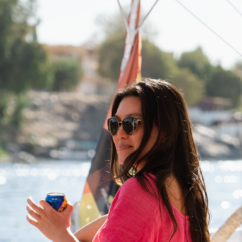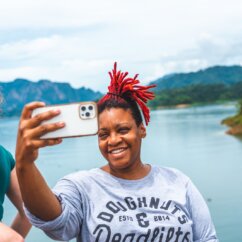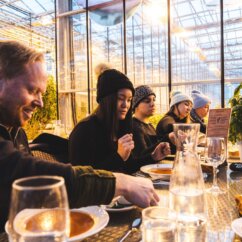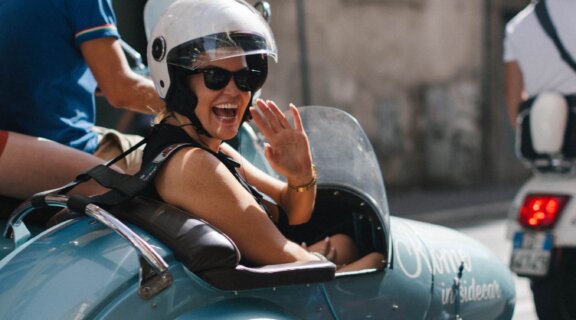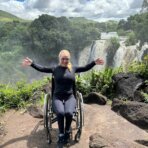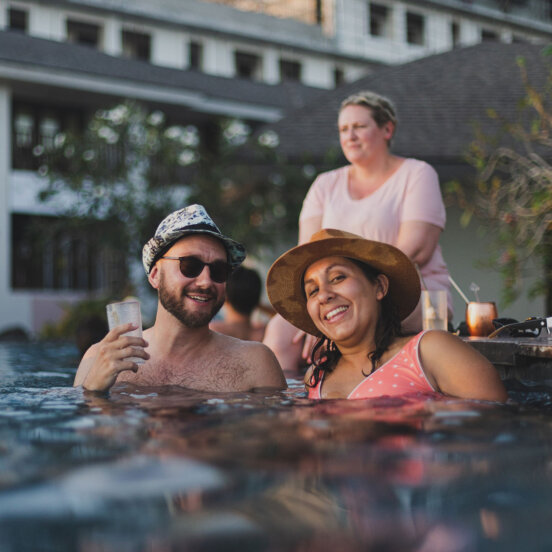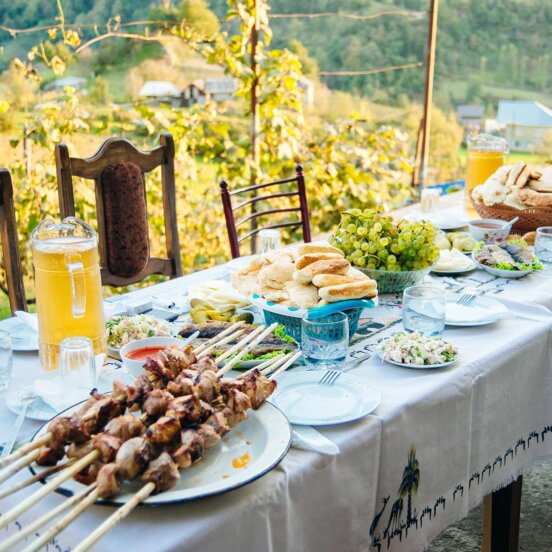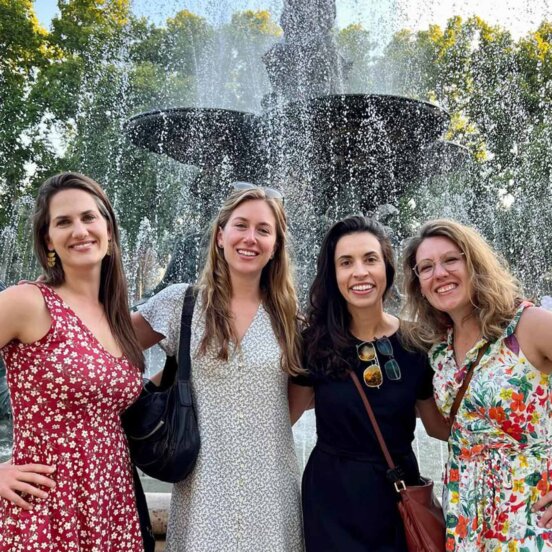As a disabled traveller, I made history. My message? People are kinder than you know
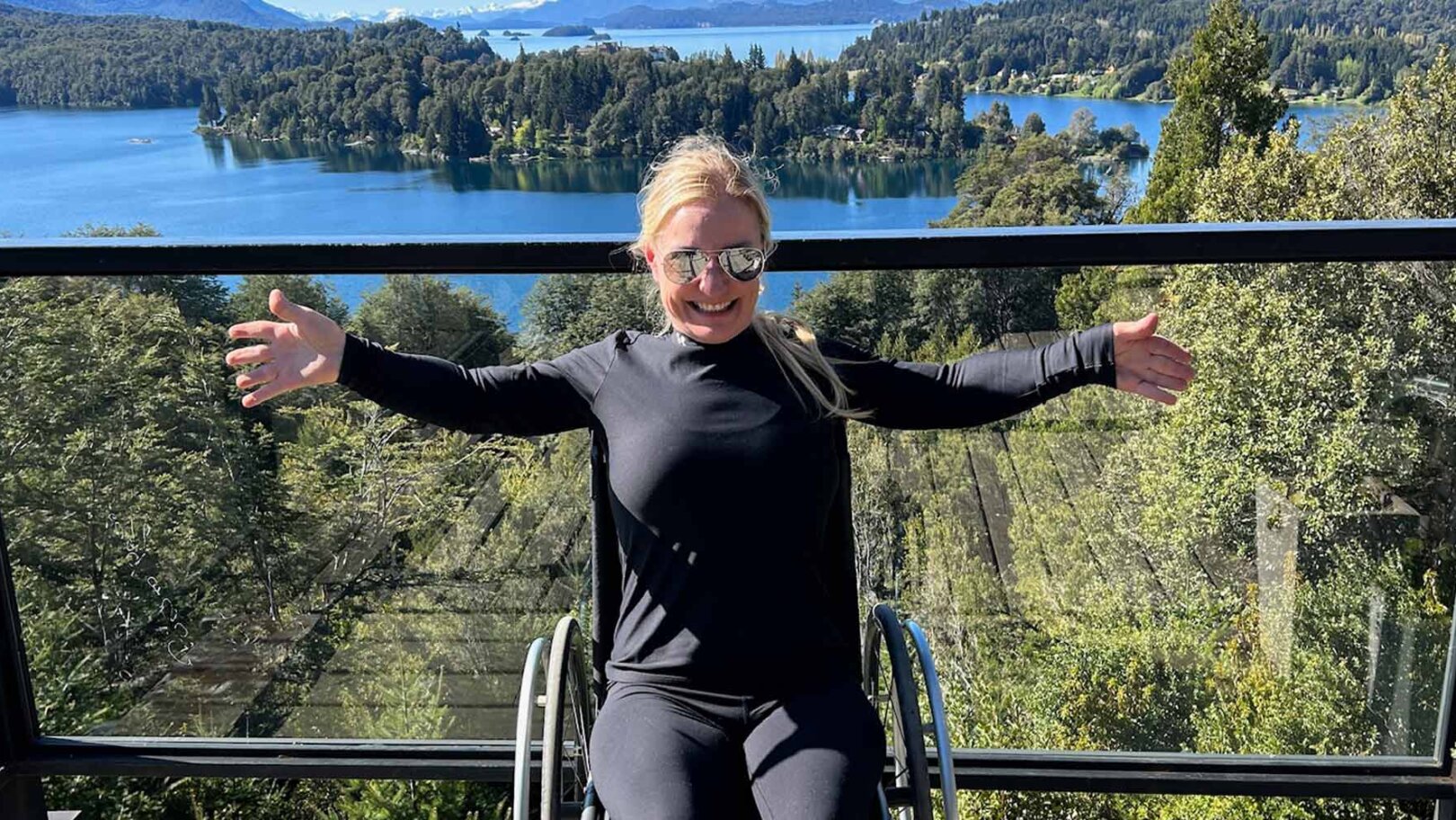
As a wheelchair user, terrified doesn’t even begin to describe how I felt as I prepared for my solo trip around the world in 2022. I had just quit my decades-long job as a Fortune 500 insurance exec, to the shock of many who knew me. Why would I trade my rewarding corporate career and a settled life with my boyfriend in the US city of Atlanta for backpacking alone across SouthEast Asia? No doubt, some people thought, “She’s really messing her life up.”
I was that person who worked a 60-hour week without thinking twice. For a long time, I loved the hustle and the buzz. But post-Covid, I became burnt out and exhausted. I was ready for a new chapter – something different.
I felt overwhelmed and terrified – but ready for something different
As someone born with a skeletal disorder, I spent my childhood criss-crossing the US to see various specialists. It was tough, but my Mum did a really good job of finding adventures wherever we went. It gave me an early taste for culture, diversity and the excitement of arriving in big, unknown cities as a little girl. I travelled a lot as an adult, too, but mostly with friends and family.
So, this solo trip was something that I’d wanted to do for a long time. It still felt like an overwhelming prospect, however. I had all the usual fears of someone travelling alone – around safety, loneliness, or the possibility that I would regret it.
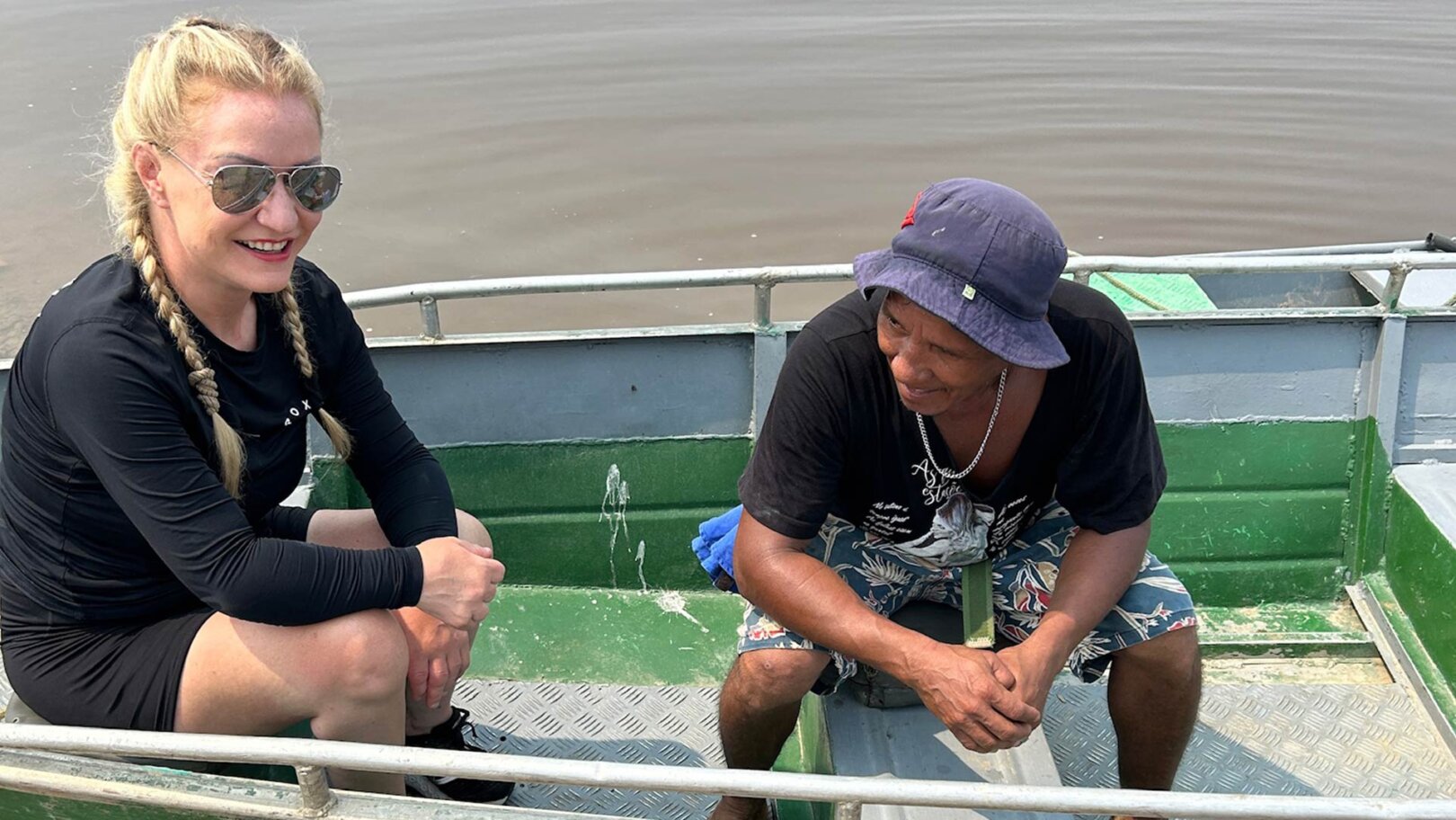
On top of that, I had horrible visions of someone attacking me and taking all my money and my wheelchair. In that scenario, I would be completely stuck: unable to walk anywhere and get help. Then there were the logistical elements of travelling in a wheelchair. Not everywhere I visited would have things like ramps, elevators or rest rooms large enough to fit a wheelchair in.
It took me about 48 hours into my trip to get over both these anxieties. I landed in Bali, the first stop for my big adventure, around midnight and almost immediately found myself in a situation with a broken hotel elevator. Eventually, the reception team moved people around and organised a ground floor room for me. But it made me wonder, “Have I made a big mistake?”
Everyone was incredibly friendly. Suddenly, I knew things would be OK
Then the next morning, the sun came out and I found some restaurants nearby on an accessible path. Everyone was incredibly friendly, and suddenly, I knew all would be well. I also realised that most people aren’t looking to attack me. I just had to learn to trust my instincts, and my ability to judge different situations.
The next few weeks and months developed a rhythm. I didn’t have a solid plan, but I knew I wanted to travel across SouthEast Asia – including Indonesia, Malaysia, the Philippines and Singapore – followed by the Middle East (Kuwait, Bahrain and Qatar), finishing with time in Europe.
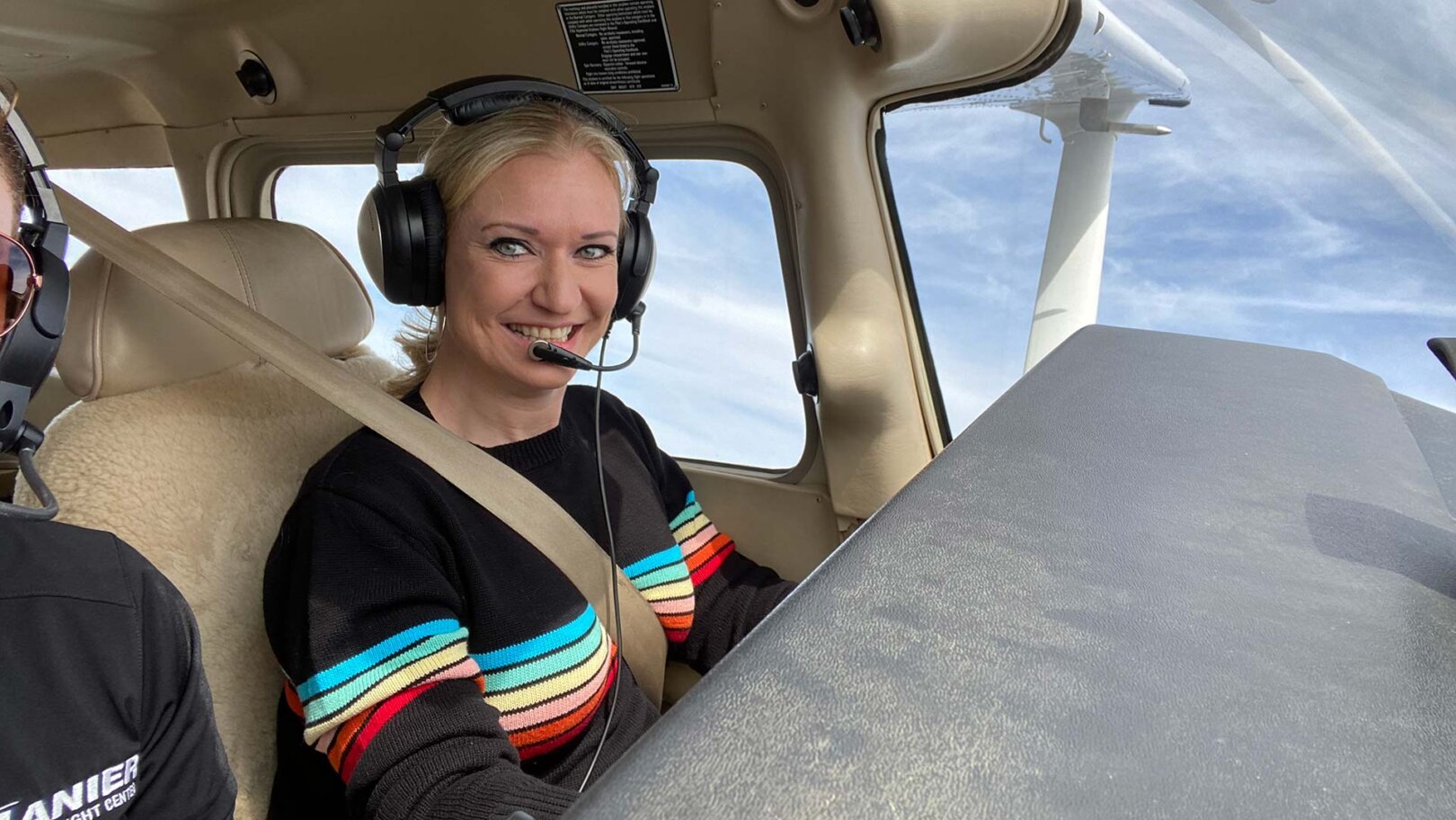
For each place I went to, I planned ahead to organise a handicap-accessible hotel room on the ground floor. I quickly realised that the definition of “accessible” is subjective, however. Often, I found myself faced with a flight of stairs, or a bathroom I couldn’t get into. Travel in Europe, meanwhile, came with its own set of challenges due to narrow, cobblestone streets. In addition, many beautiful, historical places there simply aren’t suitable for wheelchair users.
It was frustrating but on the flip side, these moments opened my eyes to the true kindness of strangers. In hotels, there were several occasions where two or three men would pick me up in my wheelchair and carry me up the stairs – like a princess in a chariot. When there was a toilet in a restaurant that I couldn’t get to, people invited me into their nearby homes.
Wherever I was in the world, people found creative ways to help me
In Venice, there were typically two or three steps leading up to the bridges that stretched across the city’s labyrinth of canals. I don’t speak any Italian but, without fail, people would come up to help me with a friendly smile or wave. They’d grab the wheelchair, carry me up and take me down the other side. At other times, hotel staff would go get me coffee in the morning and deliver it to the room, because the road outside wasn’t that easy to navigate.
The list goes on. I aimed to be independent but there were always times when I needed support. And, wherever I found myself in the world, people found very creative and kind ways to help me. Often, this happened without us sharing a common language. Yet, we found a way to communicate via a thumb’s up, a smile or facial expressions that say simply, “Can I help you?” It was humbling and special to witness. It restored my faith in humanity. Everyone was so genuine, and it was awesome to realise how much we all have in common.
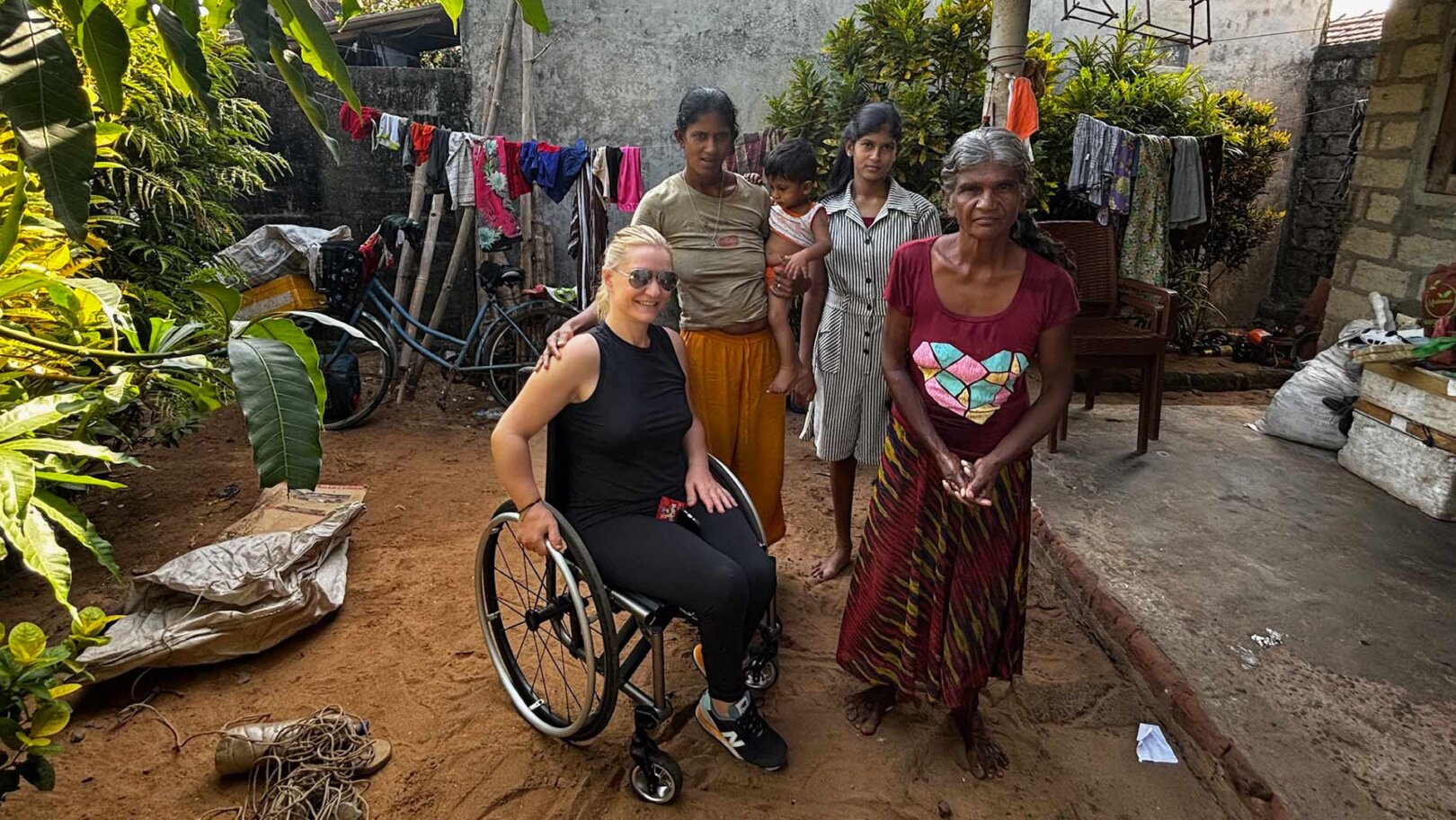
Another very unexpected thing that came out of the experience was how many friends I made along the way. When I left my job, I remember being sad: I really grieved the fact that I was leaving my team. I could never have dreamt that I would meet this whole new community of people.
Partly, this was down to my Guinness World Record attempt to become the first solo disabled traveller to visit 66 countries in one year. Early on in my trip, I realised that there was not much overlap between solo travel and disability travel. That prompted me to set about making a new world record: a challenge that required me to submit over 2000 pieces of evidence. So, every time someone signed a statement for me on my travels, they started following my journey. They were as excited as I was when I was finally awarded the title.
Travelling alone, I was able to show that the unimaginable is possible
Both solo travellers and locals responded with positivity and curiosity to my story. Inevitably, I ended up in countries where having a disability is considered shameful or embarrassing. Typically in these communities, disabled people never leave their homes, so seeing me – as a disabled foreigner – out in the world was greeted with disbelief.
Some people told me I was courageous, while others were in total shock. I had mixed emotions because I was grateful to show that the unimaginable is possible. But, at the same time, I was heartbroken for those who may never share that same opportunity.
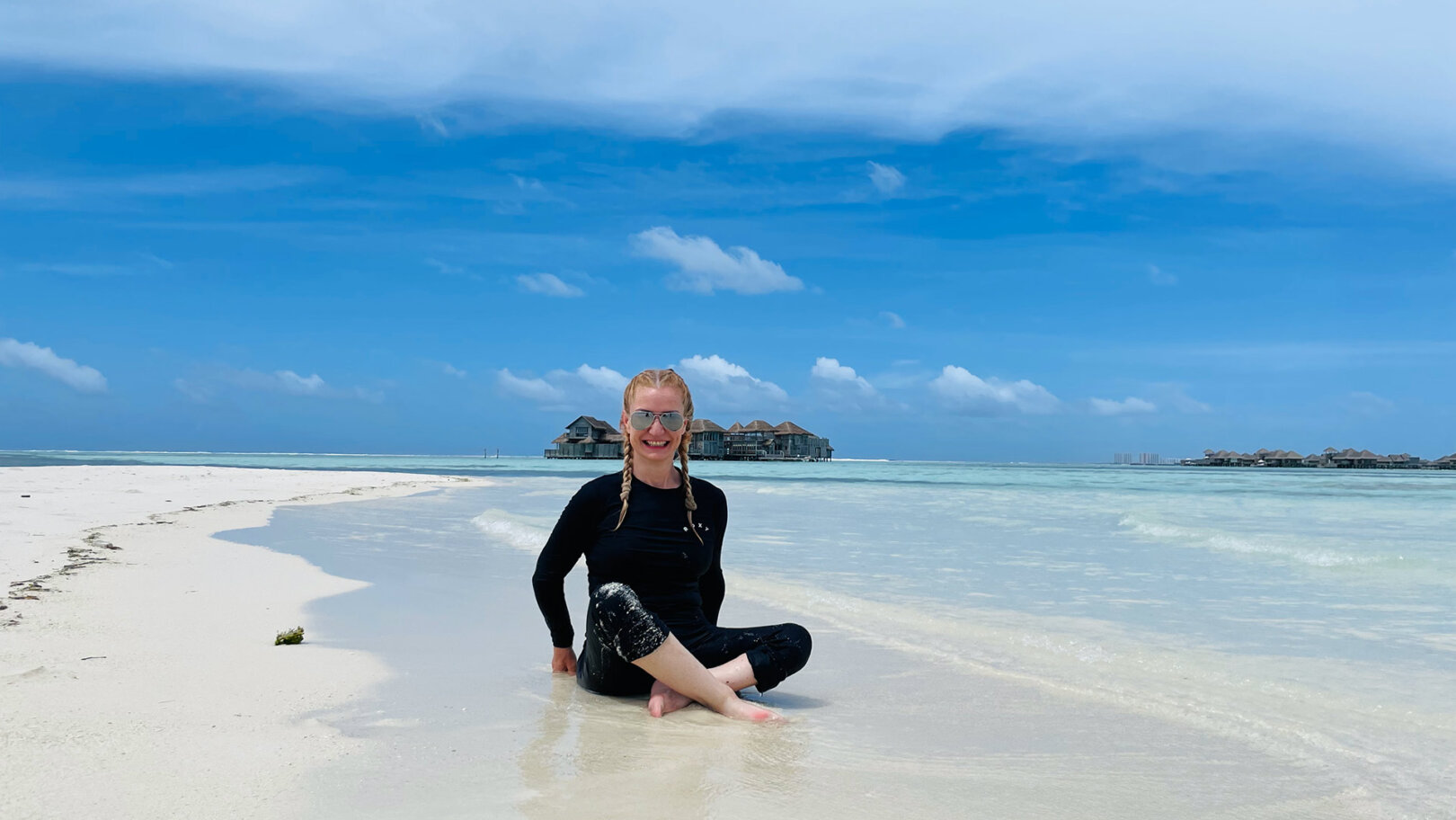
Ultimately, my year-long trip changed the direction of my life. It transformed who I am and brought about opportunities I could never have predicted. Since returning home, I’ve started doing a lot of work in the disability advocacy space – including in travel and tourism. It’s a tough job trying to get global brands to change their policies, but there’s so much room for improvement. It’s a cause that’s very near and dear to my heart.
I also have a children’s book coming out later this year, I’ve hosted a TED talk and I regularly travel the country to share my story with schools and other organisations. I had so much fun in my old corporate career, but this new season of my life is less about climbing a ladder or making loads of money. Of course, I still have to pay rent. But I’m also learning to enjoy the present, slow down and put my energy into things that I’m really passionate about.
It’s hard to be a disabled traveller. But you have to fight the fear
It’s really hard for a disabled traveller to get out into the world, away from their home country, without knowing what to expect. I love it when I can empower someone in this situation to say: “I’m scared to death but I’m going to do this.” Then they come back and it’s been such a positive experience, they immediately tell all their friends. The more this happens, the more the world of travel will adapt to accommodate a multitude of needs.
My message to other disabled people thinking of travelling the world would be this. It’s going to be scary and tough at times. You may need time to rest halfway through, because navigating the world as a wheelchair user (or with another kind of disability) is no mean feat. But you just have to get out there, and fight the fear. Because I promise you, it’s going to be worth it.
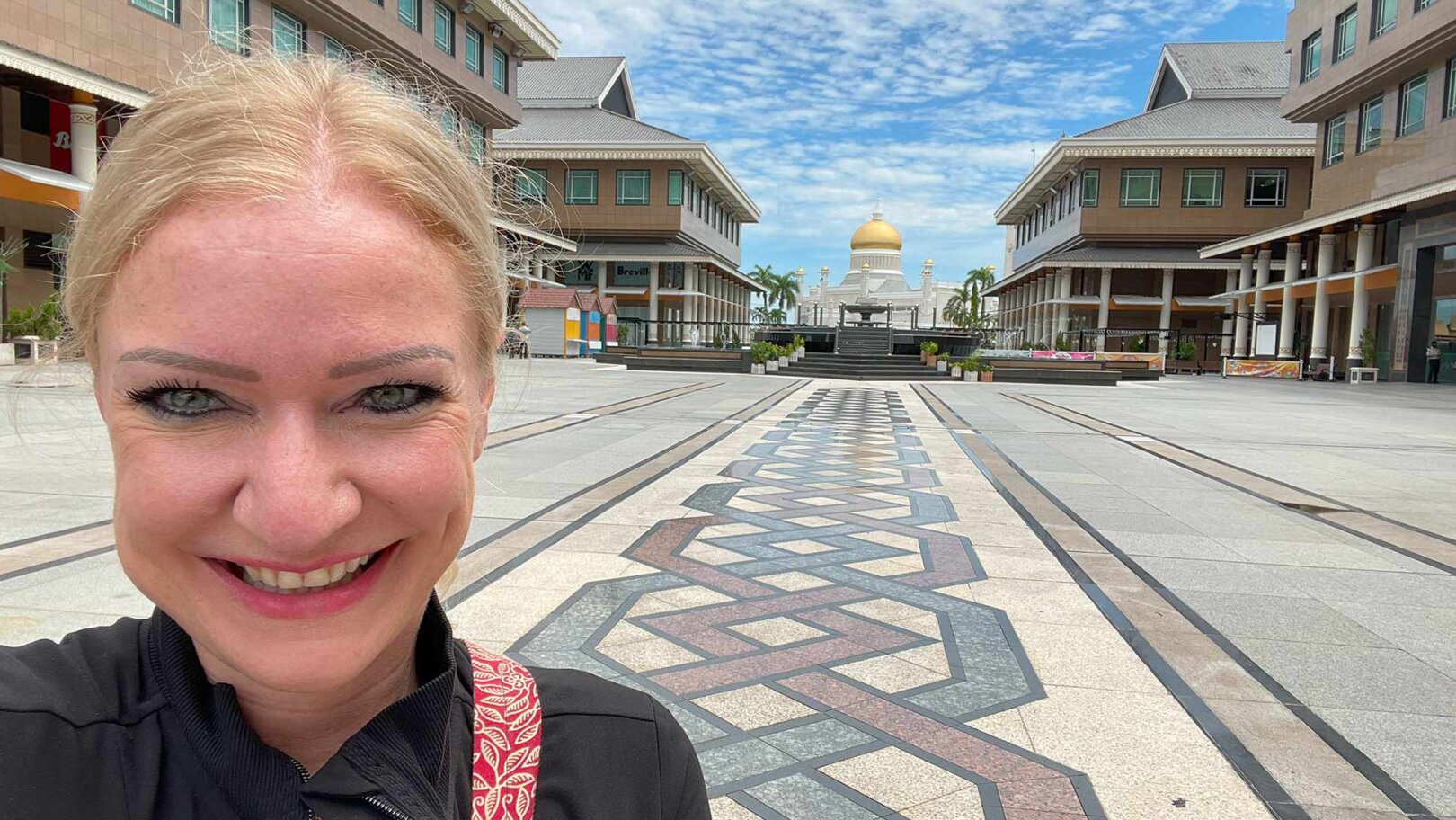
Disability advocate Renee Bruns is a former Fortune 500 insurance executive and Guinness World Record Holder. She lives in Atlanta, Georgia.
Got a story or adventure that could inspire a solo traveller like you? Tag @flashpack on social or email [email protected] to be featured.
